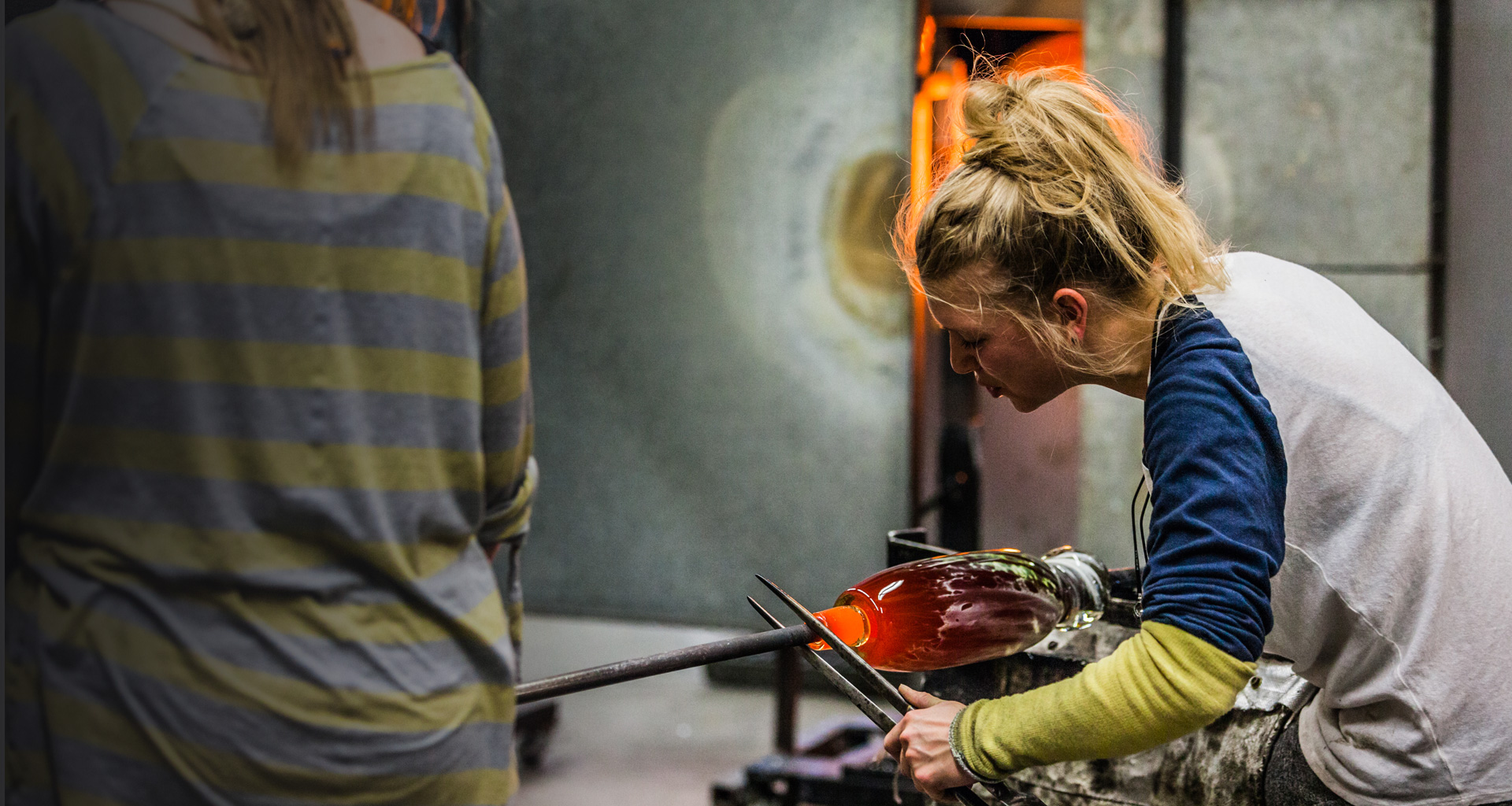Aluminum and steel are two widely used metals in fabrication projects, each offering unique properties and advantages depending on the specific requirements and application. If you run an aluminium fabrication company in Dubai, choosing between aluminum and steel involves considering factors such as strength, weight, corrosion resistance, cost, and aesthetic appeal. Here, we compare aluminum and steel to help determine which metal is better suited for your fabrication project.
Strength and weight:
Steel is renowned for its high strength and durability, making it suitable for heavy-duty applications where structural integrity is paramount. Steel exhibits superior tensile and compressive strength compared to aluminum, making it ideal for load-bearing structures, bridges, and machinery. However, steel is denser than aluminum, resulting in higher weight per unit volume. On the other hand, aluminum offers a favorable strength-to-weight ratio, making it a preferred choice for applications requiring lightweight materials without sacrificing performance. Aluminum is commonly used in aerospace, automotive, and marine industries where weight reduction is critical for fuel efficiency and performance.
Cost:
The cost of materials is an important consideration in fabrication projects, with aluminum typically being more expensive than steel on a per-pound basis. However, when considering total project costs, factors such as material wastage, fabrication complexity, and lifecycle costs should also be taken into account. While steel may have a lower initial cost, aluminum’s lightweight properties can result in reduced transportation and installation costs, as well as lower maintenance expenses over the lifespan of the project. Additionally, aluminum’s durability and corrosion resistance may offer long-term cost savings by minimizing the need for maintenance and replacement.
Fabrication and machinability:
Both aluminum and steel are readily fabricated using conventional manufacturing processes such as cutting, welding, bending, and machining. However, aluminum’s lower melting point and higher thermal conductivity make it easier to cut and machine compared to steel, resulting in faster processing times and lower tool wear. Aluminum can be welded using various techniques such as MIG (Metal Inert Gas) and TIG (Tungsten Inert Gas) welding, whereas steel may require preheating and post-weld treatments to prevent distortion and maintain structural integrity. For projects requiring intricate designs and precise tolerances, aluminum’s superior machinability may offer advantages in terms of fabrication efficiency and cost-effectiveness.


